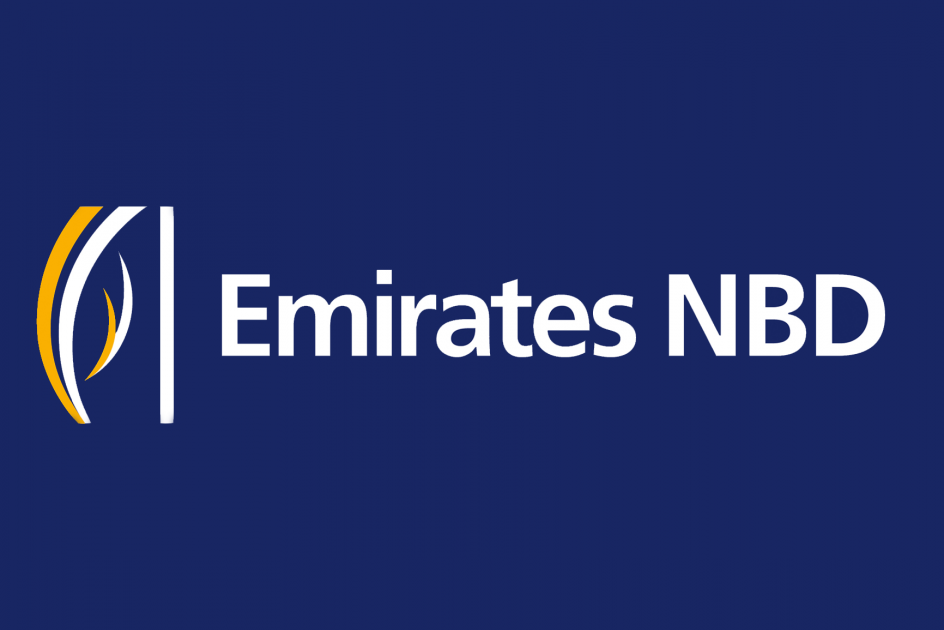
Emirates NBD UAE PMI™
Growth of the UAE’s non-oil private sector accelerated to a ten-month high in July. Sharp expansions of output and new work helped the sector to gather momentum, alongside quicker rises in purchasing activity and employment. Notably, the rate of job creation was the fastest in over a year. Meanwhile, purchasing costs continued to increase solidly. The rate of inflation remained relatively subdued, however, and was insufficient to prevent another fall in charges. Competitive pressures outweighed higher costs when companies came to set their selling prices.
The survey, sponsored by Emirates NBD and produced by IHS Markit, contains original data collected from a monthly survey of business conditions in the UAE non-oil private sector.
Commenting on the Emirates NBD UAE PMITM, Jean-Paul Pigat, Senior Economist at Emirates NBD, said.
“July’s survey suggests that the UAE’s non-oil private sector economy started off the second half of 2016 on a strong footing. It is encouraging that despite relatively weak exports, economic momentum is being supported by stronger domestic demand conditions.”
Key Findings
§ Sharper rise in activity contributed to highest PMI reading in ten months
§ Growth of total new business accelerates despite lower exports
§ Strongest hiring since May 2015
At 55.3, the headline seasonally adjusted Emirates NBD UAE Purchasing Managers’ Index™ (PMI) – a composite indicator designed to give an accurate overview of operating conditions in the non-oil private sector economy – was consistent with a robust improvement in business conditions in July. The index also signalled a rebound in growth, having slipped to 53.4 in June. Moreover, the latest reading was the highest in ten months and above the long-run series average (54.5).
Higher output was a key contributor to growth of the non-oil private sector as a whole. The rate of expansion was the most marked in nearly a year, supported in turn by a sharp rise in new work. Successful marketing strategies underpinned the improvement in demand, according to panellists.
Data signalled that growth of total new business was largely centred on the domestic market. New export orders fell for the first time in three months, and at a survey-record pace. There were reports of fragile economic conditions across international markets.
Purchasing activity was reflective of rising business requirements in July. The latest increase was the fastest in four months, with firms commenting on the start-up of new projects. The rate of inventory building also picked up. Some respondents suggested that stocks had been accumulated in anticipation of future sales.
Job creation was another by-product of new order growth in July. The pace of hiring quickened to a 14-month high, contrasting with the trend seen over the second quarter – when employment was either stagnant or barely rising.
A larger workforce failed to alleviate pressure on operating capacity, however. Backlogs of work rose for the seventh successive month, albeit only modestly.
On the price front, the rate of overall cost inflation was little-changed since June at the start of the third quarter. The increase was solid overall, mainly driven by higher purchase prices. That said, it was slightly weaker than the series average, and charges continued to fall regardless. Some panellists offered discounts in the face of greater competition, while others did so in an effort to attract new clients.


























